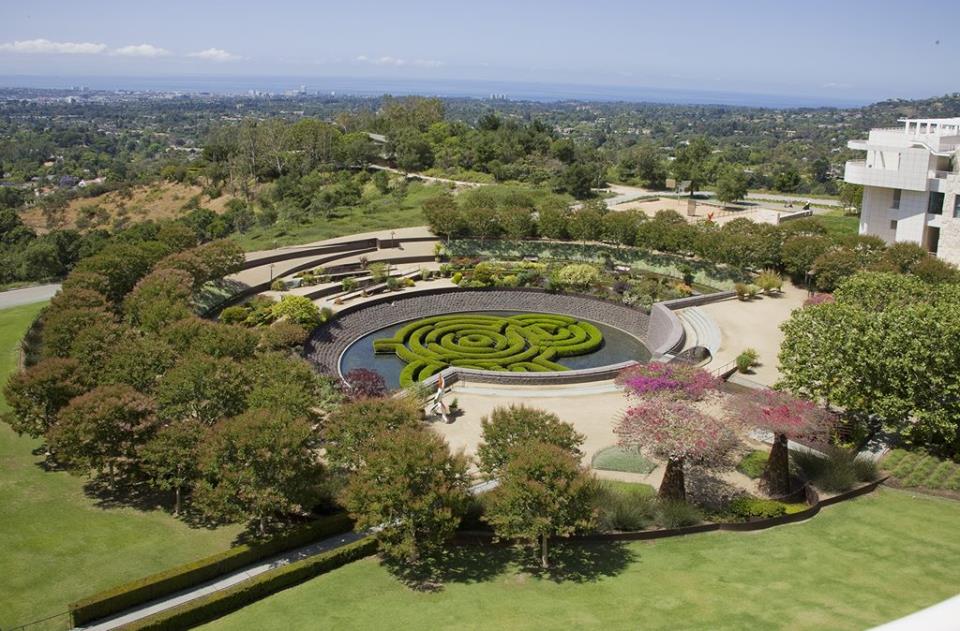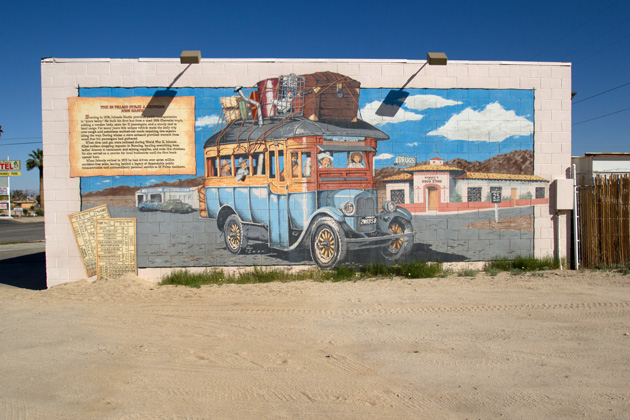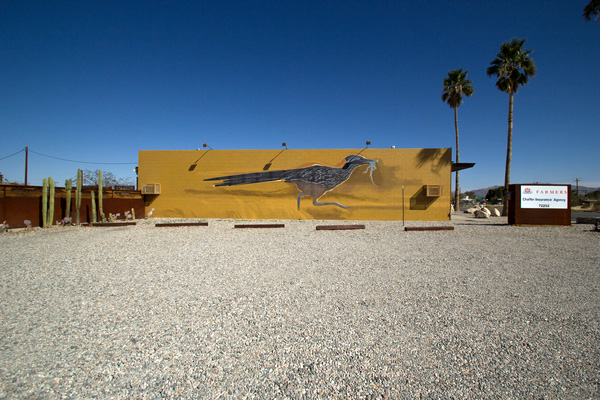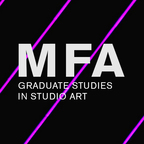In between, Irwin makes a stop at UNLV to talk about his Central Garden at the Getty Center. That will be this Thursday, December 10, at 6 p.m. (The talk was scheduled for earlier in the Arts Lecture Series but delayed).
More on Irwin from the Wall Street Journal. April 10, 2015.
| After starting as an expressionistic painter in the ’50s, he gradually reduced his canvases to faint lines and dots, and then moved to creating acrylic discs hung like sculpture on the wall. Then he gave up making objects in favor of abstract architectural interventions, using translucent fabric to diffuse and direct light and transform empty rooms into navigable optical illusions. Eventually, Mr. Irwin progressed out of art altogether, moving to projects like the acclaimed Central Garden at the Getty Center in Los Angeles, which he designed with more than 500 varieties of plants and rocks that he found in the wild and meticulously logged. “The people in the garden world are not like the art world,” he said. “The art world wants to bust your ass, but these people are effusive in their thank yous.” |
Thursday
November 5, 2015
6 p.m.
Admission to the lecture series is free.
Donations are appreciated
The Barrick Museum / UNLV
The Artist Lecture Series has a site ready for next year's programming I UNLVArtistLectureSeries





 RSS Feed
RSS Feed

